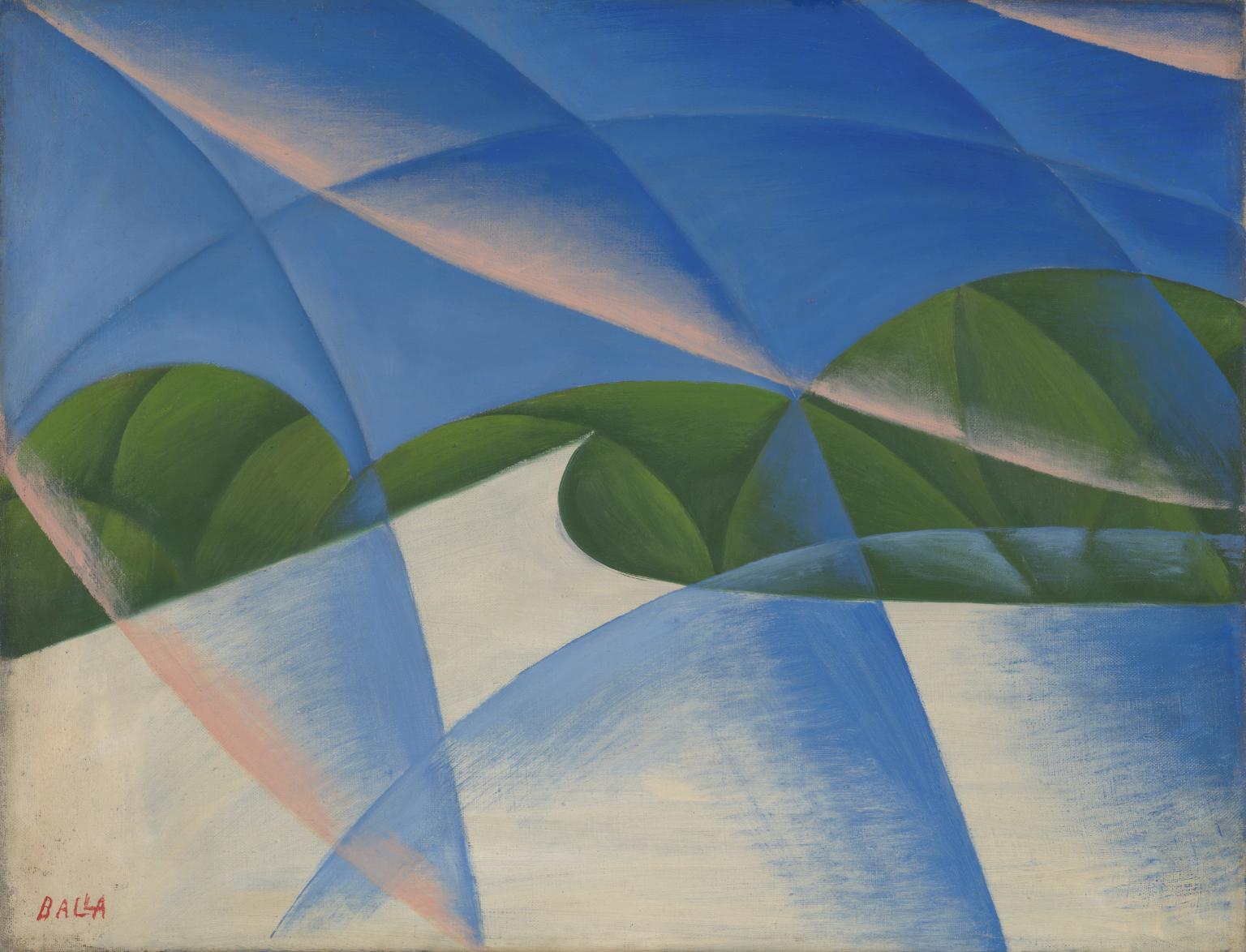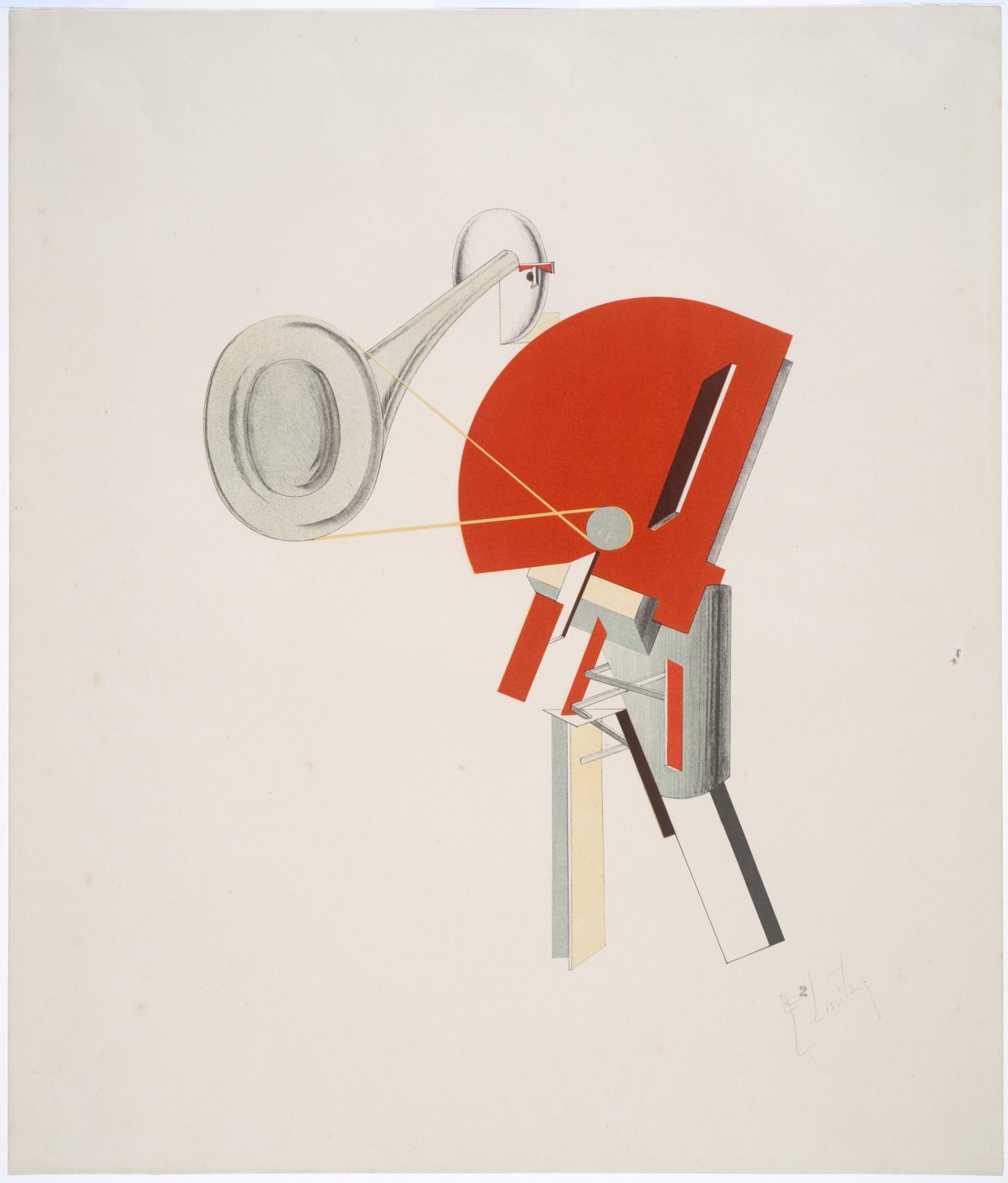An introduction to some of the best-loved artworks in the Tate collection
We live our lives in colour. Each one of us perceives colour differently, and how we react to colours might depend on our eyesight, our mood or where we are from. Artists often use colour to explore their thoughts or feelings or their place in the world. Artists have tried to expand the way colour is used, from paint to film to new materials. You can see examples in this display and throughout the rest of Tate Modern.
Where Do I Start?
Here are some ideas you can use in Start and the rest of the gallery. You might see artworks that make you question what art is. It could help if you look closely and think about:
- What is your first reaction to the work?
- Why does it make you feel or think like that?
- What is it made of?
- Why has the artist chosen those materials?
- Does the size of the work affect your experience of it?
- Where is the artist from and when did they live? How has this influenced them?
- What do you think the work is about?
- Why don’t you take a photograph of this list, so you can refer to it when you look at the art?
Let us know what you think #TateStart.
Art in this room
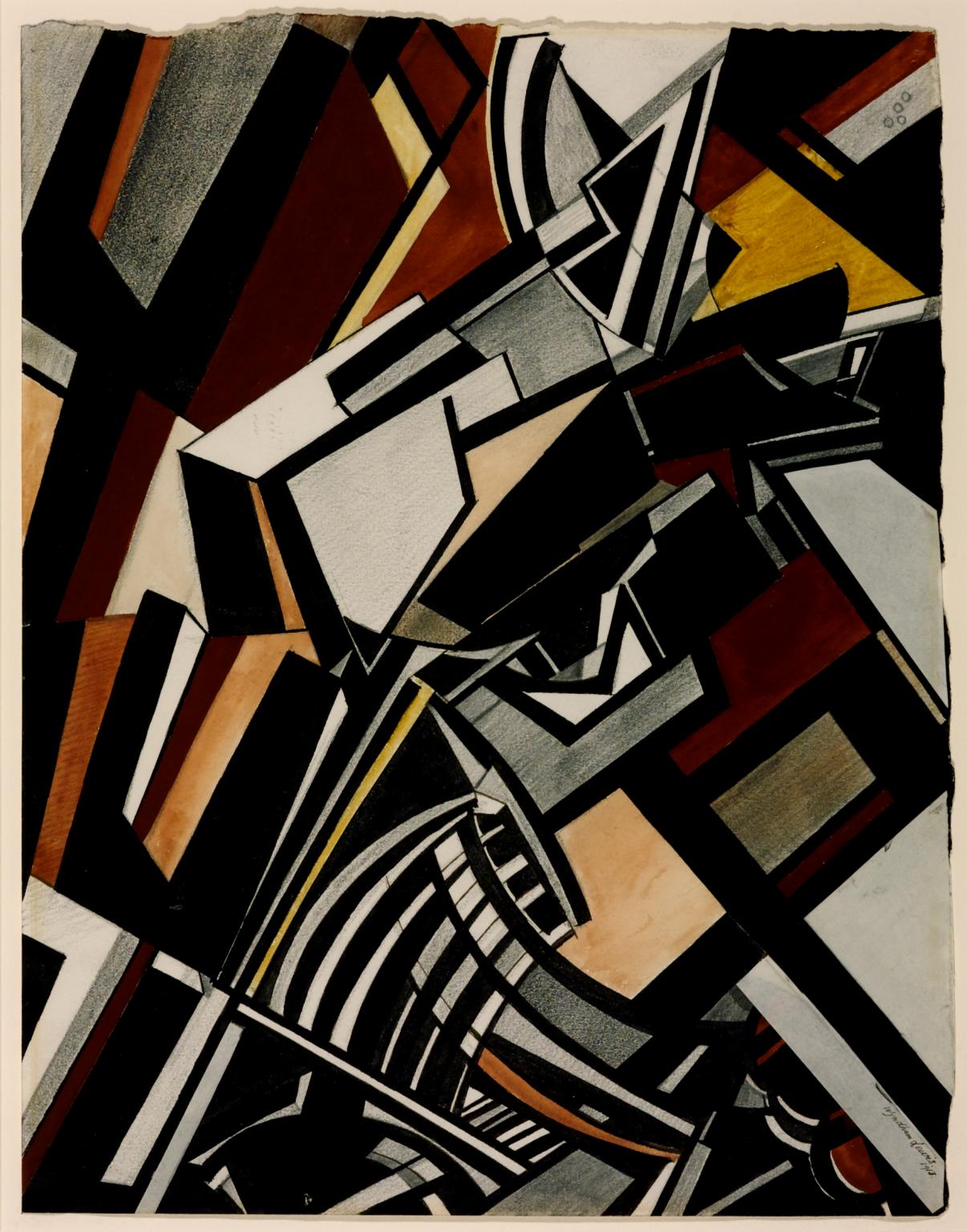
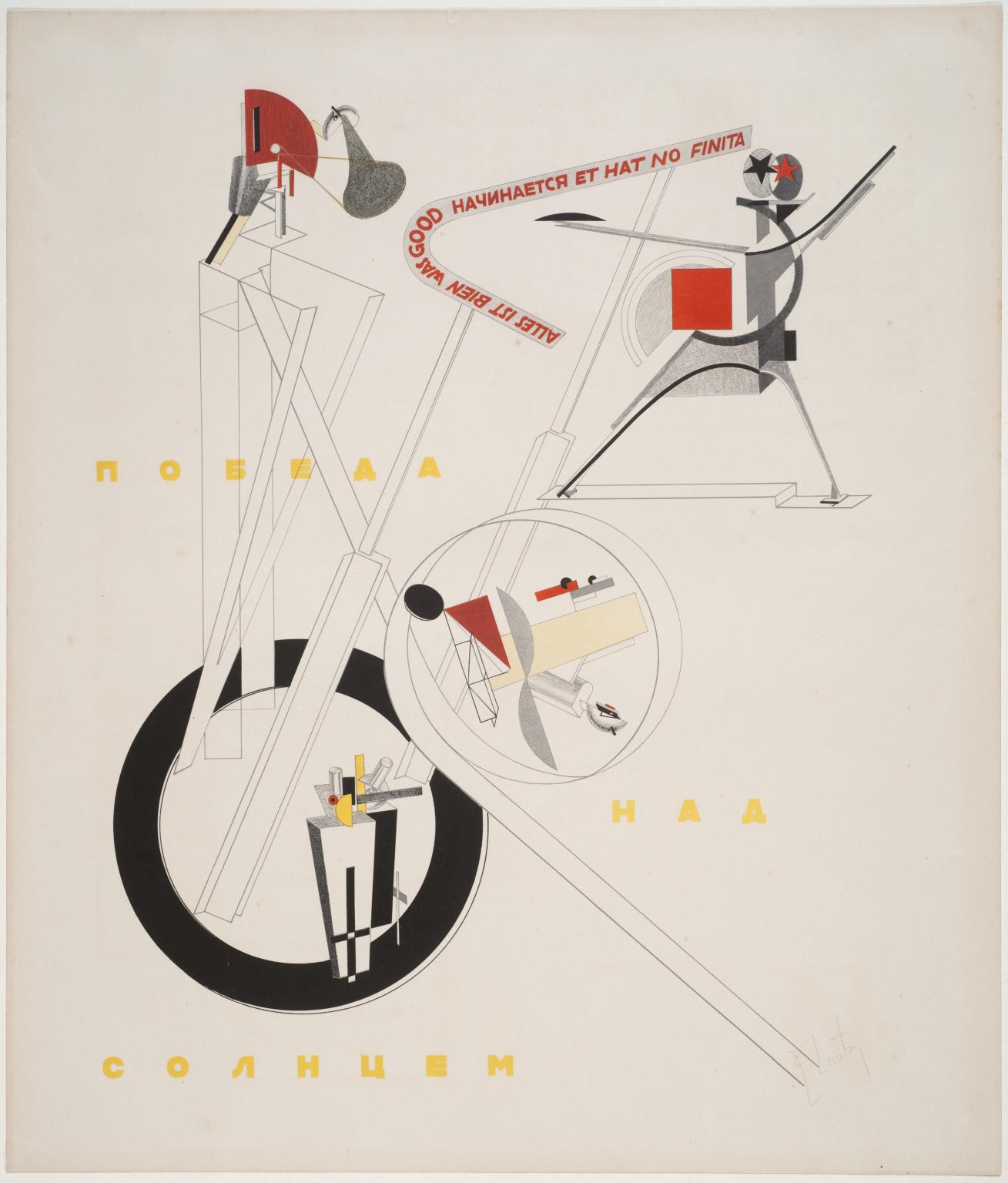

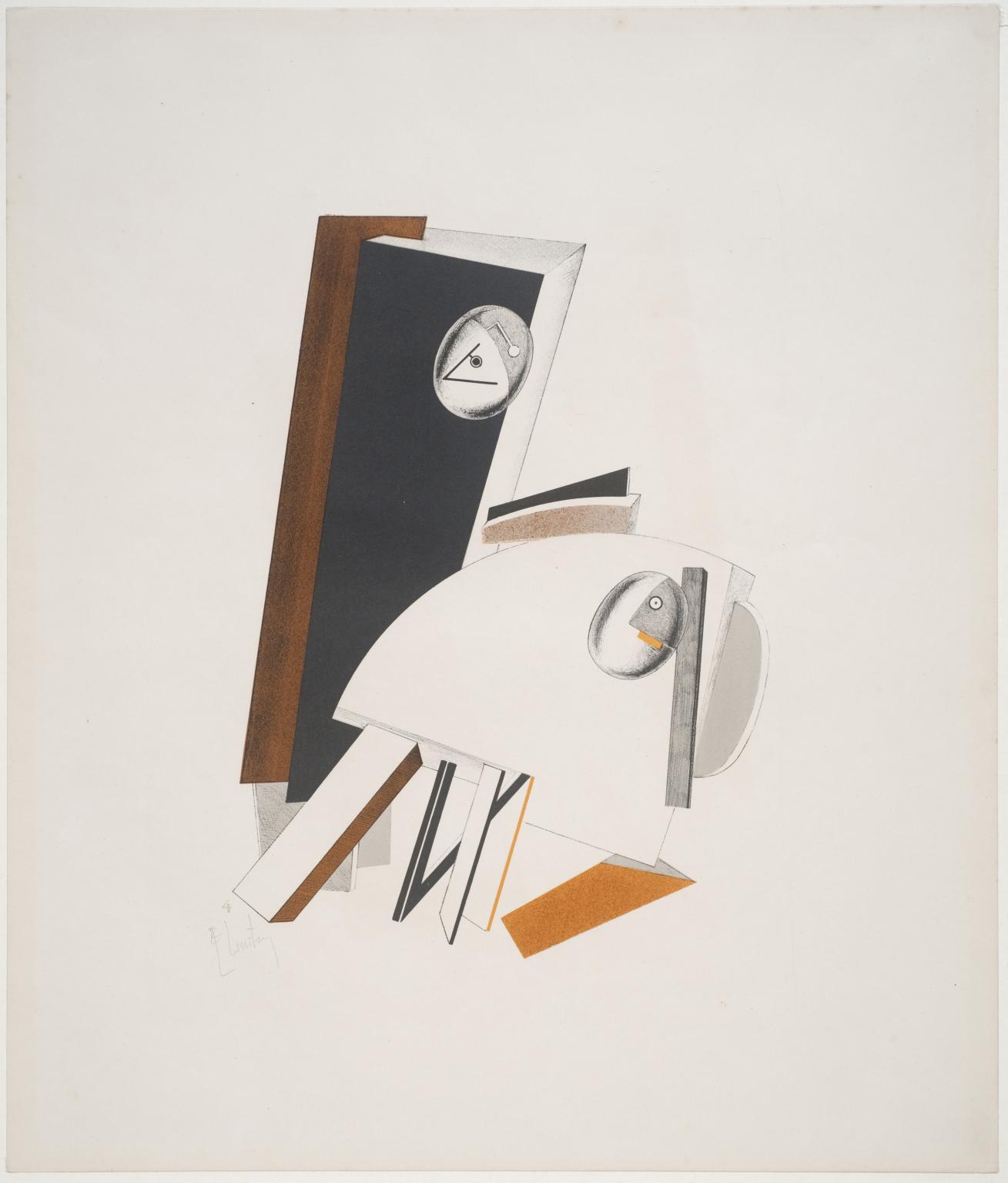

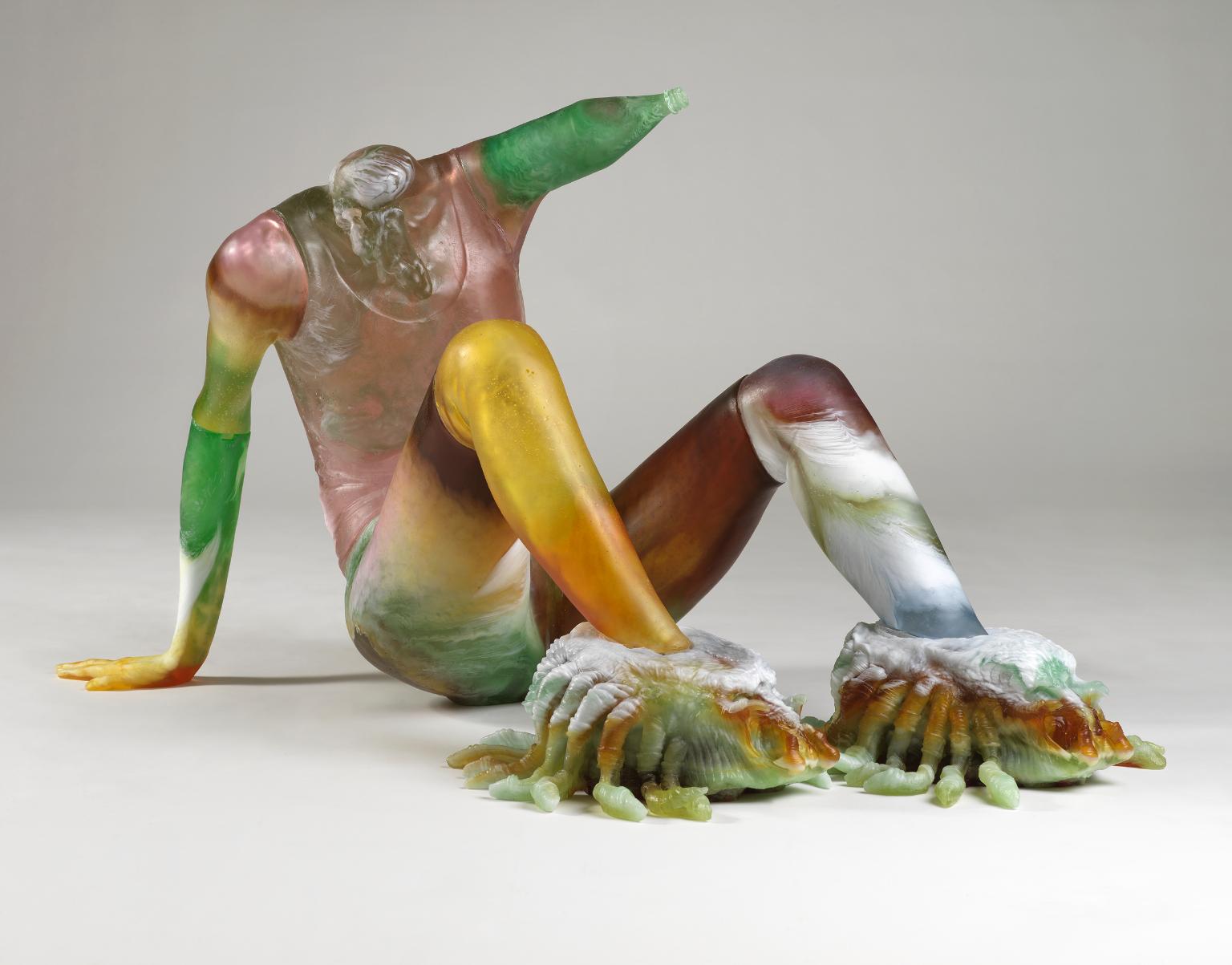
You've viewed 6/9 artworks
You've viewed 9/9 artworks


